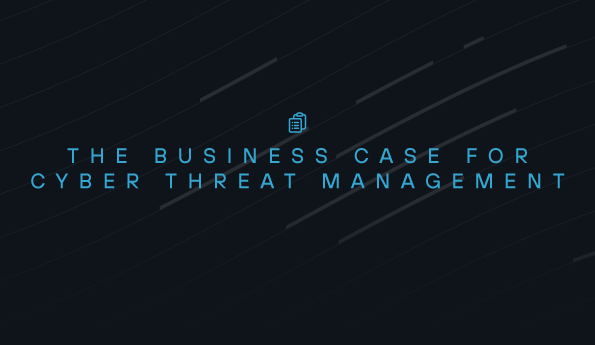Modernizing the Network Security Stack with SASE and ZTNA
We’re in an era of digital transformation, where remote work and cloud adoption have rapidly become mainstays in the modern working environment. But with this massive shift in the work environment comes new network security concerns and challenges with legacy infrastructure.
Physical networking perimeters like firewalls and other hardware appliances no longer protect everyone or everything when users and resources operate outside of their bounds. Because of these larger attack surface areas, cybercrime is at an all-time high, with threats coming from both outside of and within an organization. The days of sitting in the traditionally secure perimeter are behind us.
As a result, IT and security staff need to ensure their security posture is both robust and adaptable enough to accommodate modern work operations while also rebuffing modern threats. A strong posture is built around a framework that guides action and decision making, ensuring that all functions of the organization are pulling towards a security-first business model.
For many IT and SecOps teams, Zero Trust Network Access (ZTNA) tops the list as their security framework of choice. In this blog, we’ll discuss the many facets of ZTNA and Zero Trust Security as a whole, as well as how implementing Secure Access Service Edge (SASE) promotes a ZTNA approach in your environment.
The overlap of SASE and zero trust
In practice, the concept of zero trust security as a whole is more than just plugging in a few tools and kicking back. It is instead a mindset and strategy of several parts, the most basic forms of which are:
- All entities are untrusted by default
- Least privilege access is enforced
- Comprehensive security monitoring is implemented
To implement a zero trust approach to security, teams need a combination of world-class solutions, along with a general culture and attitude shift across the entire company. The second half is certainly easier said than done, but finding the right solution stack to support zero trust is more than achievable.
One such solution is SASE, an analyst-recommended technology for promoting ZTNA. In reality, SASE itself is also not just a single solution, but a collection of several capabilities. In legacy environments, these capabilities were disparate; SASE solutions consolidate them in varying ways depending on the offering, with the collective goal of securing network access at as many points as possible.
SASE generally implies three different approaches, commonly labeled as:
- A Zero Trust Overlay Network
- A Software-Defined Perimeter
- An Identity-Aware Proxy
The best SASE solutions go a step further, consolidating multiple capabilities into one pane of glass for a more robust approach to network security. You can learn more about each approach in greater detail on our blog .
Ultimately, SASE supports the tenets of zero trust security by allowing identity-based policy enforcement across the network and the continuous authentication of said identities to prove trust. SASE also enables network segmentation and other methods for maintaining the principle of least privilege. With least privilege, users can only access what they need to do their jobs. In that way, no one user has access to sensitive information outside of their purview, which is critical to cutting down on lateral movement and insider threats.
The security benefits of SASE + ZTNA
A proper SASE implementation paves the way toward adopting zero trust across the entire network environment. All SASE solutions provide some sort of method for securing user access to the network, crucial to a ZTNA approach. In some cases, these may be conditional access policies that prevent unauthorized access to resources. Others leverage network segmentation also accomplish this while cutting down on lateral movement. The best SASE solutions have always-on, VPN-like connections that provide secured access regardless of an end user’s location. Some can even provide near-line rate speed levels, reducing end-user friction while also keeping their connection secure.
By enforcing identity-based access to a network with SASE, admins ensure that only known entities are engaging with network resources. In this way, zero trust through SASE limits network and system access, securing a critical facet of the IT environment.
Diving deeper into SASE + ZTNA
To get a better understanding of how zero trust through a SASE implementation benefits your business’s security posture, download our SASE eBook.
See Todyl in Action
Learn how you can protect what you built.
Stay on the Cutting Edge of Security
Subscribe to our newsletter to get our latest insights.



